In modern retail and warehouse management, drive-through racking is a highly efficient storage solution, gaining popularity due to its high space utilization and convenient access. This article will analyze the cost-benefit of drive-through pallet racking from multiple perspectives to help readers better understand the economic value of this storage system.
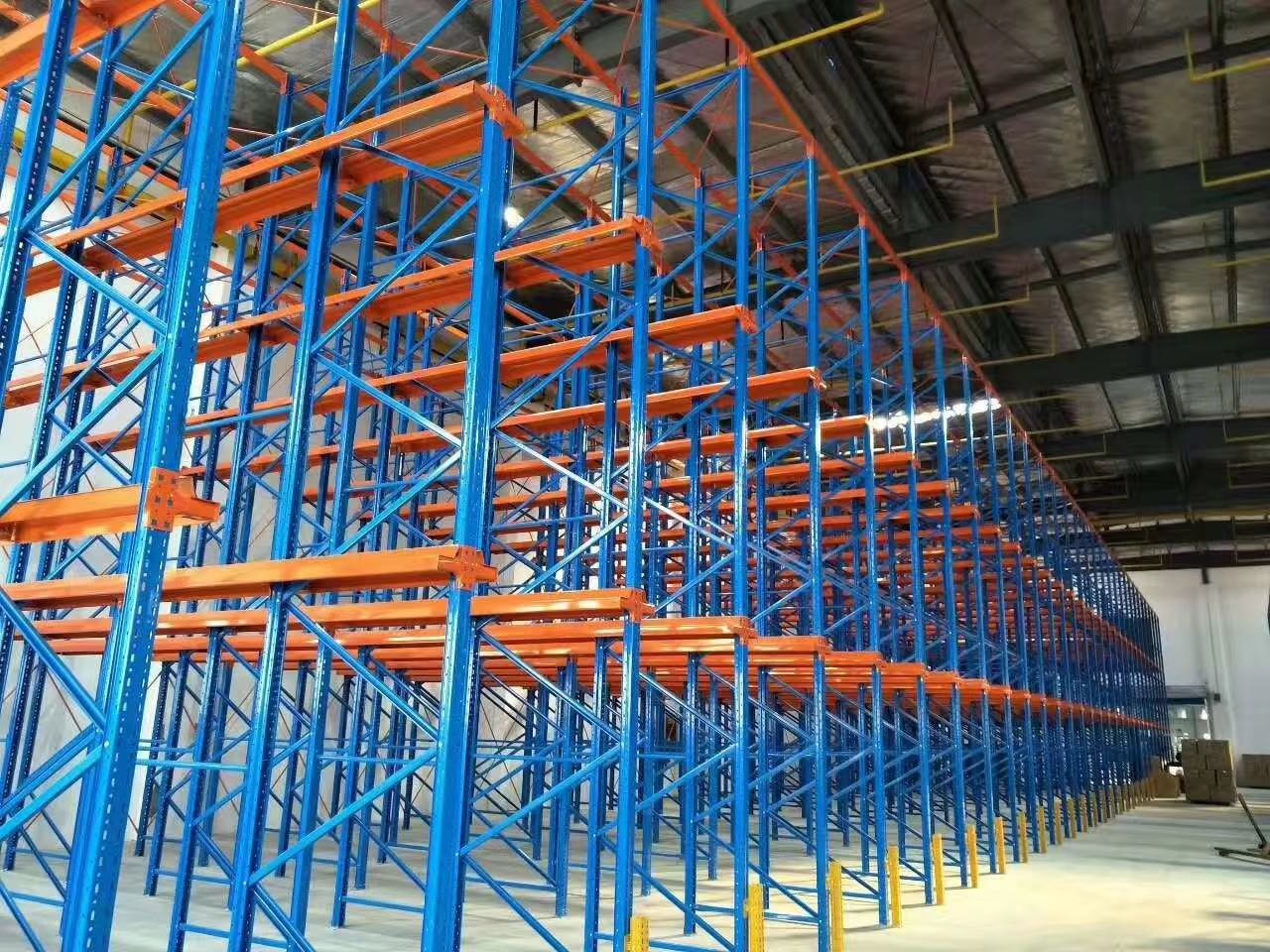
Understanding the cost structure of through type racking is fundamental to conducting a cost-benefit analysis. The total cost of drive-in racking primarily includes the following aspects:
-Rack Material Cost: This includes the cost of raw materials such as steel, accounting for approximately 40-50% of the total investment.
-Design and Installation Cost: Professional design and installation service fees, accounting for approximately 15-20%.
-Auxiliary Equipment Cost: Investment in supporting equipment such as forklifts and pallets.
-Daily Maintenance Cost: Regular inspections, lubrication, and other routine maintenance.
-Repair and Replacement Cost: Repair or replacement of damaged parts.
-Energy Cost: Electricity or fuel consumed by forklift operations.
-Training Cost: Investment in professional operator training.
-Efficiency Loss: Losses from downtime caused by system failures.
-Safety Cost: Investment in safety protection facilities.
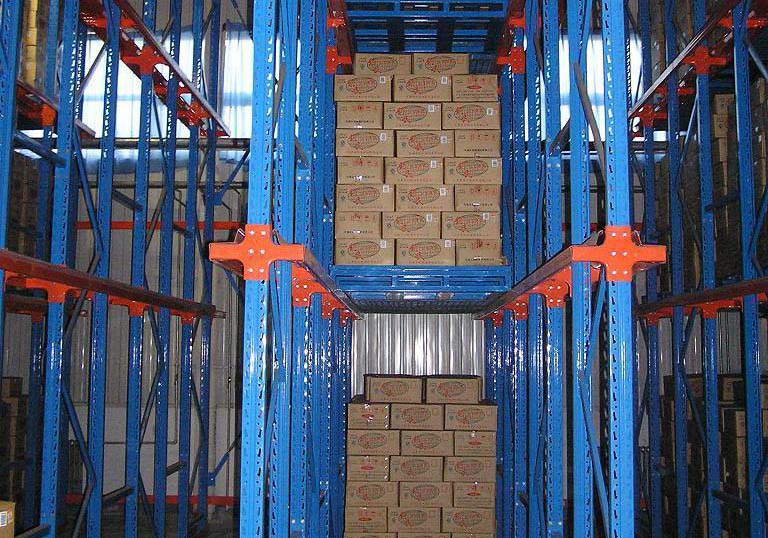
Although through type racking requires a large initial investment, it can generate significant long-term economic benefits. We can analyze its value return from multiple perspectives.
- Compared to traditional racking, drive-through racking can increase storage density by 30-50%.
- Reduced aisles allow for innovative utilization of warehouse height and depth.
- Case studies show that switching to drive-through racking in a 1,000 square meter warehouse can increase storage capacity by approximately 40%.
- Improved storage and retrieval efficiency, reducing forklift travel distance and time.
- High degree of automation reduces reliance on labor.
- Statistics show that drive-through racking can reduce forklift operating time by 20-30%.
- Advanced The "first-in-first-out" principle is naturally implemented, reducing losses from expired goods.
- Improved inventory turnover and reduced capital tie-up.
- After adopting drive-through racking, a retail company reduced inventory turnover days by 15%.
- The typical payback period is approximately 2-3 years.
- A service life of up to 10-15 years, with low ongoing maintenance costs.
- For a warehouse with 10,000 pallet spaces, the full investment can be recovered within three years.
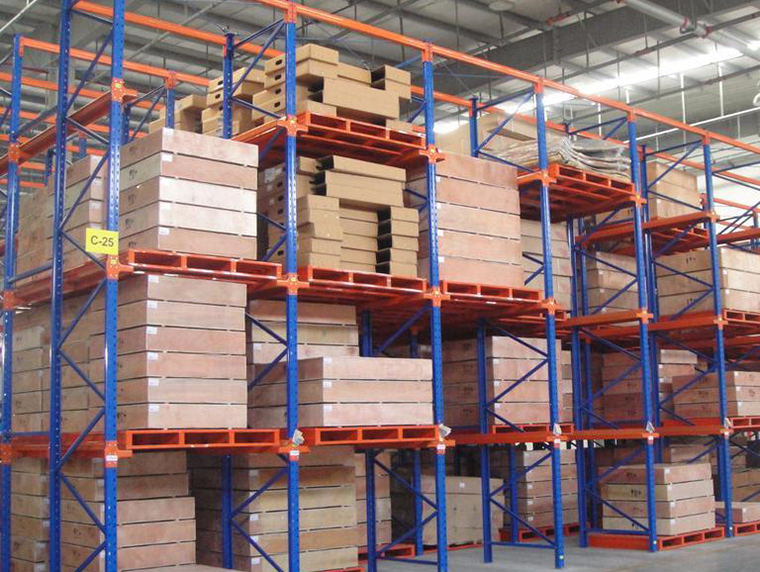
In addition to direct economic benefits, through type racking offers numerous benefits that are difficult to measure in RMB.
- Stable storage of goods reduces the risk of collapse
- Standardized operating processes reduce human error
- Statistics show that the accident rate in drive-through racking warehouses is 40% lower than in traditional warehouses
- High inventory visibility facilitates inventory and management
- Clear goods flow paths reduce confusion and errors
- The system is highly scalable and can be flexibly adjusted to meet business growth
- High-density storage reduces warehouse footprint
- Reduced energy consumption aligns with sustainable development
- One case study showed that switching to drive-through racking reduced a warehouse's carbon footprint by 25%
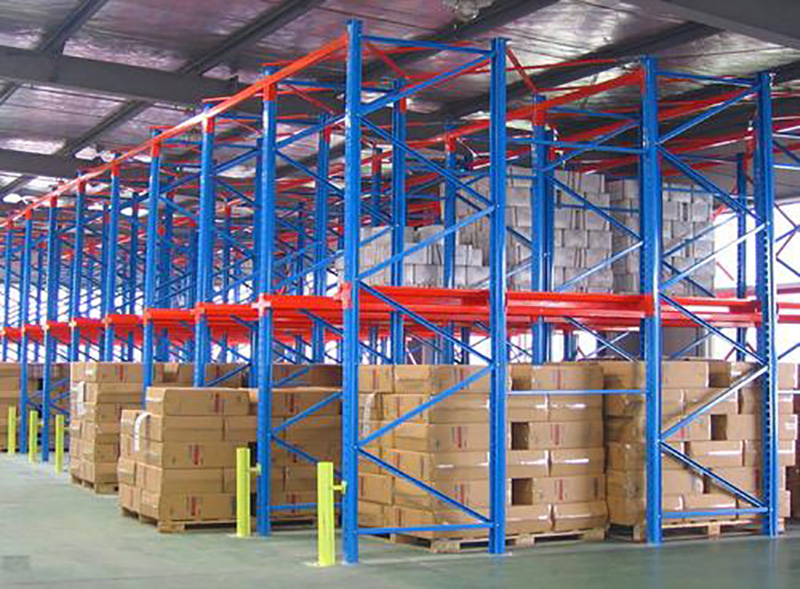
To maximize the innovative benefits of through type racking, it is necessary to make appropriate selections and optimize its configuration based on actual conditions.
- Evaluate product characteristics: Is it suitable for the "first-in, first-out" principle?
- Analyze turnover rates: High-turnover products are more suitable for drive-through racking.
- Consider warehouse conditions: Physical limitations such as height and load capacity.
- Reasonably determine aisle depth: Balance space utilization and access efficiency.
- Optimize shelf height: Utilize vertical space in the warehouse.
- Scientifically plan layout: Reduce forklift travel distance.
- Phased Implementation: Gradually expand based on business growth.
- Select appropriate materials: Balance strength and cost.
- Maintenance Plan: Regular maintenance extends service life.
- Operation Standardization: Establish clear work procedures.
- Personnel Training: Improve operational proficiency.
- Technical Assistance: Consider using a warehouse management system.
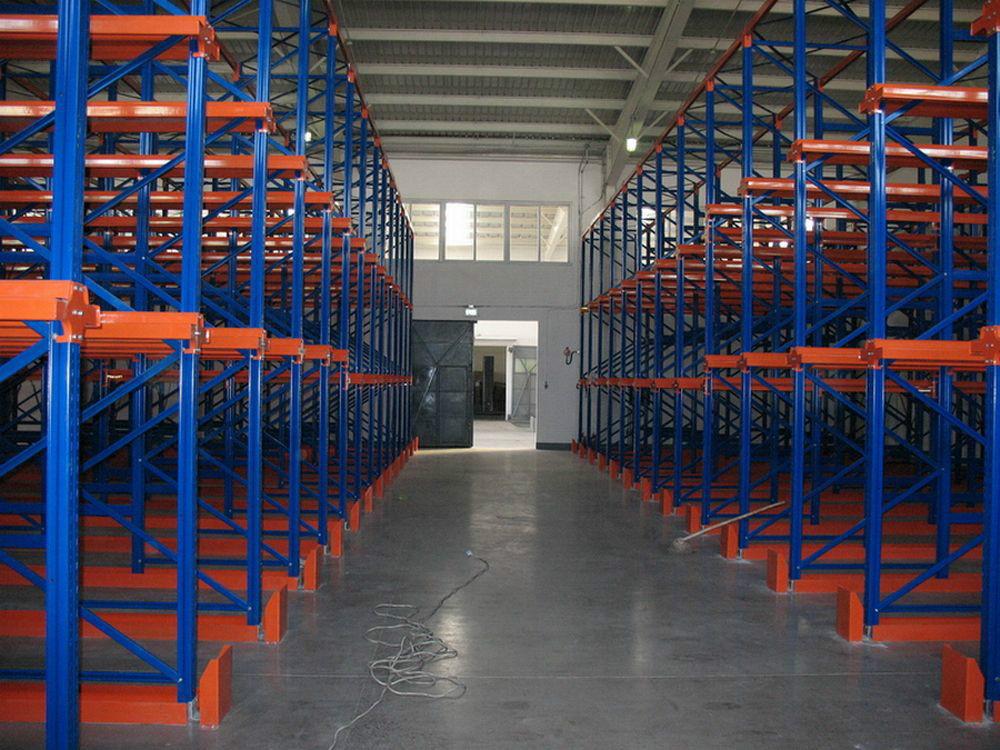
While through type racking offers many advantages, it also has some limitations that require objective recognition and countermeasures.
- Suitable for high-volume, low-variety goods, but less adaptable to low-volume, high-variety goods.
- Solution: Reserve some areas for other types of shelving.
- Compared to standard shelving, drive-through shelving has significantly higher initial costs.
- Solution: Accurately calculate return on investment and consider financing options.
- Requires uniform pallet and product packaging.
- Solution: Standardize packaging specifications in advance.
- High efficiency for storing and retrieving large quantities of a single product, but low efficiency for sporadic storage and retrieval.
- Solution: Rationally plan inventory strategies and establish buffer zones.
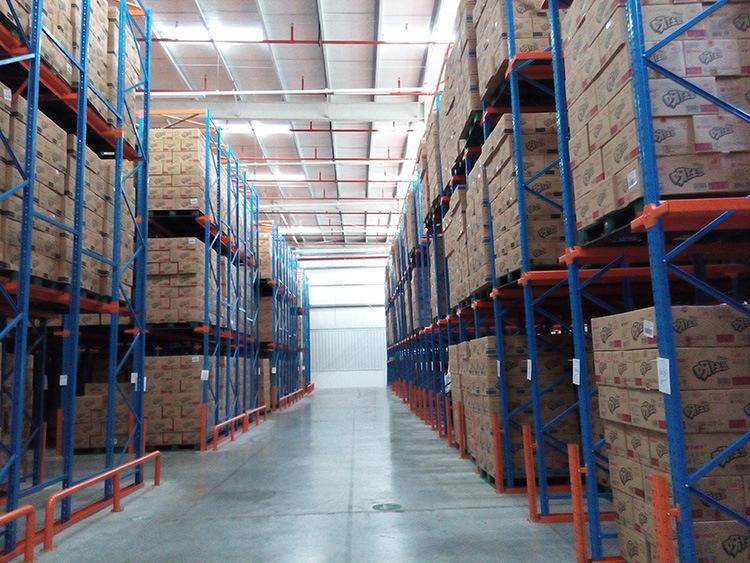
With technological advancements and updated management concepts, through type racking is constantly evolving and improving.
- Sensor Application: Real-time Monitoring of Shelf Status and Inventory Status
- Data Analysis: Optimizing Inventory Layout and Replenishment Strategies
- Rapid Assembly and Disassembly to Adapt to Business Changes
- Easy Expansion and Adjustment for Greater Flexibility
- Application of Lightweight, High-Strength Materials
- Use of Environmentally Friendly, Recyclable Materials
- Deep Integration with Warehouse Management Systems
- Achieve Full-Process Automation
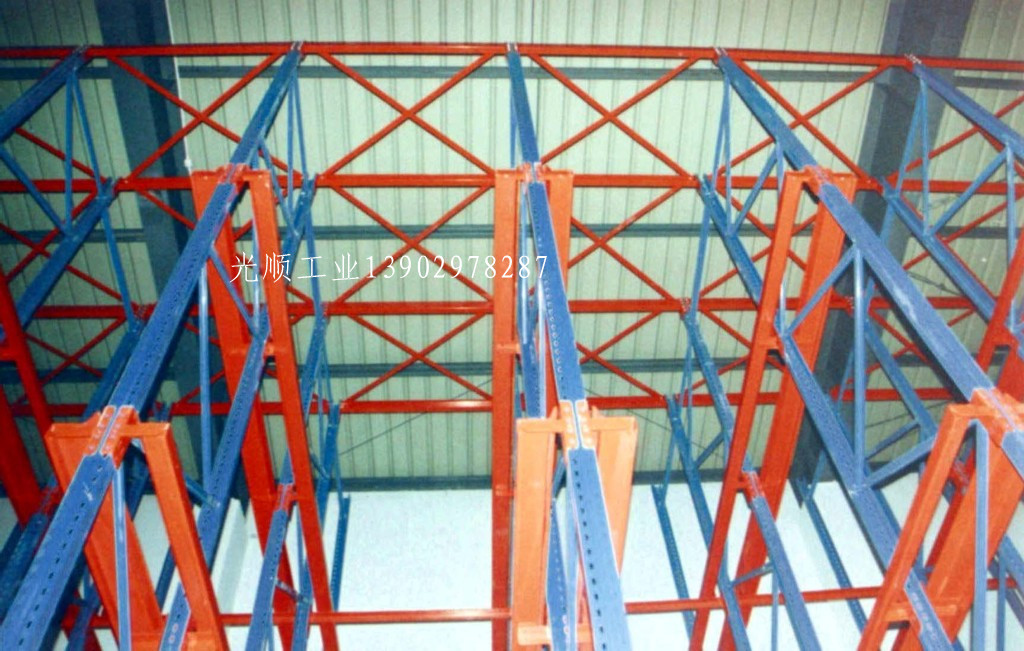
Through type racking is an efficient warehousing solution with cost-effectiveness in multiple ways. Through scientific analysis and rational planning, businesses can maximize its value. When considering adopting through type racking, businesses should carefully evaluate their business characteristics, product characteristics, and warehouse conditions to develop the most appropriate implementation strategy. With technological advancements and accumulated application experience, through type racking will continue to bring greater efficiency and value to the warehousing and logistics sector.
 Wechat
Wechat
 Whatsapp
Whatsapp